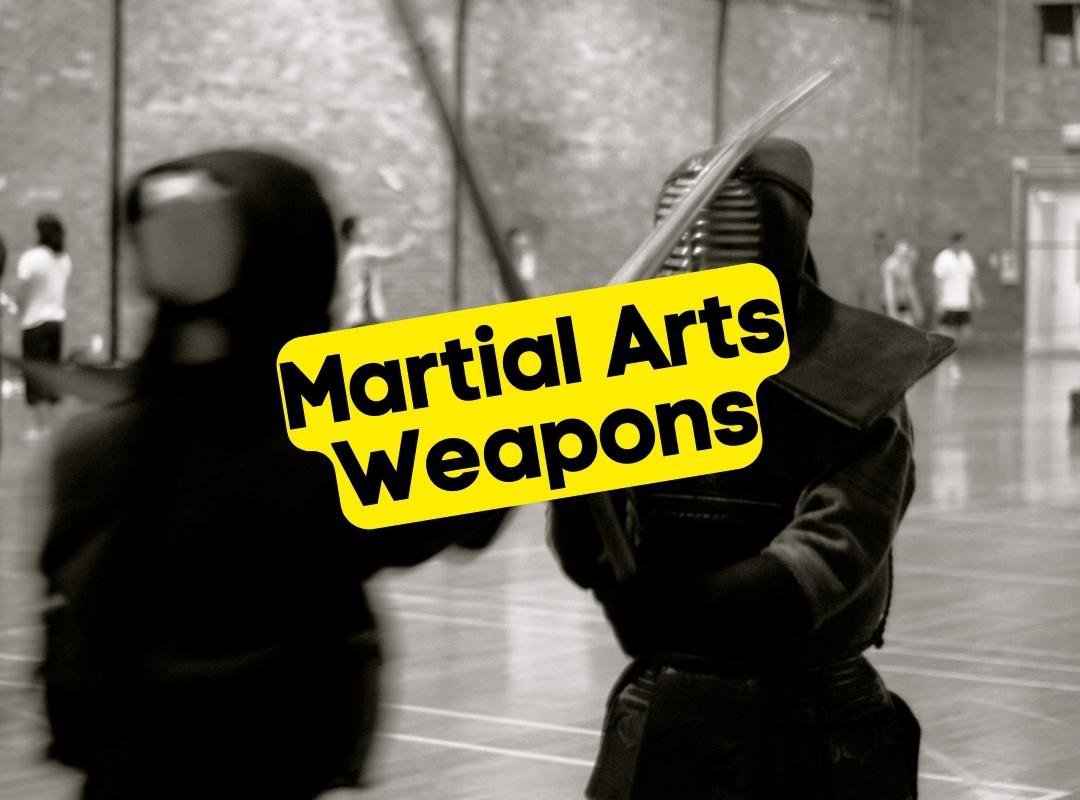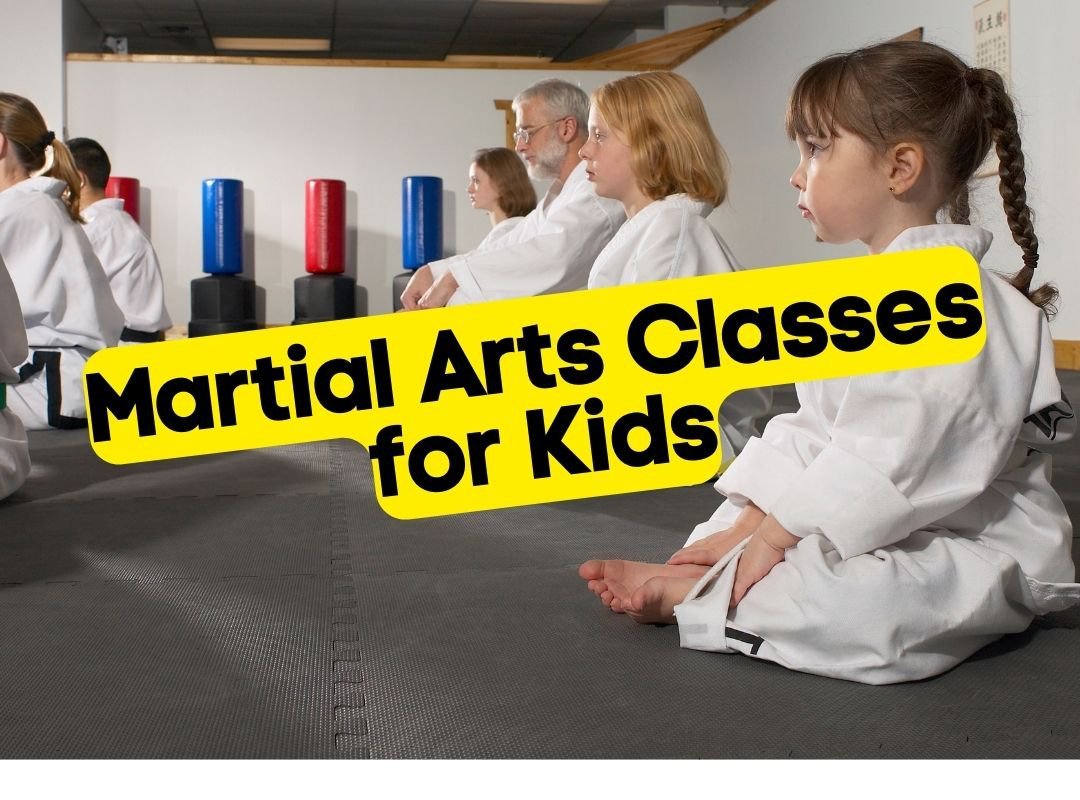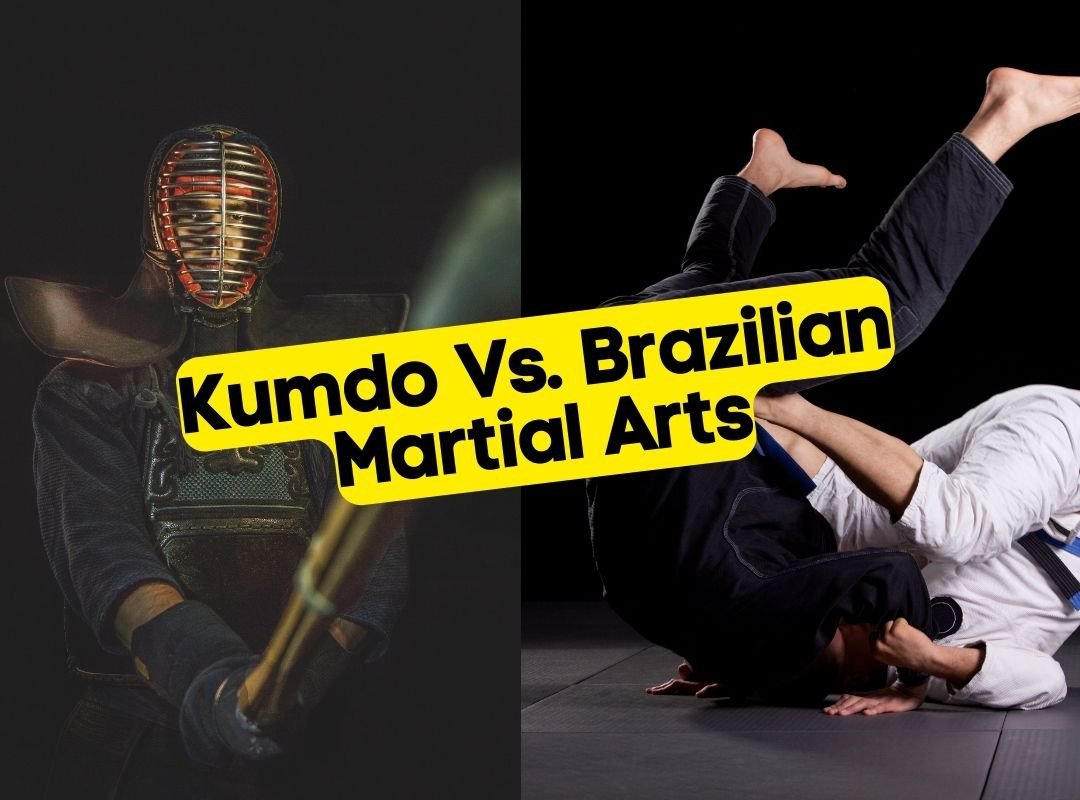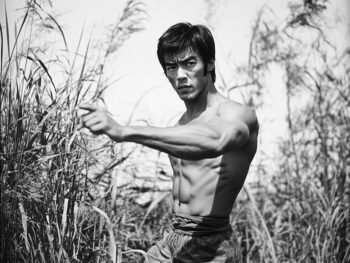
There are martial arts that do not use weapons, and then there are those that use them. One of the most popular things about martial arts is their weaponry. After all, this completes the concept of the idea. Martial arts weapons can expand a martial artist's training, challenge their skills, and capture the attention of any onlooker in a snap. What are the most renowned martial arts weapons being used today?
A Rundown Of The Most Popular Martial Arts Weapons: Juk Do, Tonfa, And More
In this article, you will learn about the best self-defense weapons in martial arts.
1. Juk Do
Practitioners of kumdo use wooden or bamboo swords called the juk do during practice and combat. This type of sword minimizes injuries and fatalities that can happen with a sharp metal sword.
This sword itself consists of various named parts that are all important during practice and combat, or some, for scoring points.
For instance, there's the leather cap known as "sunnhyuk" that marks the sword's end. For scoring, thrusts in combat are only counted when made with this part. There's also a leather band known as "joongkyuk" which marks the first third of sword. The area between the sunnhyuk and joonghyuk is known as "tadolbu." It is the ultimate aim of the kumdo practitioner to strike with this area, as this is the only place recognized as a strike during combat.
2. Teko-Kagis
Next is the teko-kagis, or hand claws. These are deadly knuckle dusters used in Japan during the country's Sengoku period. There are countless types of teko-kagis across various cultures, each with their unique designs and names. For instance, in Osaka, teko-kagis were originally farm tools that ninjas would turn into weapons. Many ninjas then were Osaka natives well-versed in the earlier striking arts from which karate evolved.
Furthermore, ninjas would use teko-kagis in surprise attacks when targeting their enemies' vital areas, that is, throughout their face, neck, and body puncture organs. To rip open an opponent, these martial artists use either blunt force, punching strikes, or slashing strikes. Thus, this is among the best martial arts weapons for close combat (but not for ranged combat).
3. The Japanese Shurikens
The Japanese shurikens are among the tiniest yet most versatile martial arts weapons being used. Reminding you of Batman's batarang, right? These weapons, the Japanese shurikens, are thrown by ninjas according to popular belief. Perhaps you are familiar during your ninja days in school where you might have made a shuriken out of paper.
But here's the twist. Shurikens were actually never used by ninjas, contrary to popular belief. It was the samurai who originally used shurikens to attack an enemy's face and feet. Not fatally though, but just enough to stun them enough to draw their blades and finish them off. And if you want to produce more damage, you should throw these shurikens more speedily.
There are several different types of shurikens made from various materials.
4. The Chinese Butterfly Swords
Meanwhile, you also have the butterfly swords. These swords are single-edged short swords that originated in China. Such mid-ranged blades were roughly the size of a person's forearm arms, making them readily concealable. Usually, users would have them in their boots, behind their backs, or on their hips. This makes them easier to pull out when needed to be used against an enemy.
Many of these weapons have a guard around their handles for defense and blunt-force attacks. This has made butterfly swords become well-rounded and perfect for slash attacks. Without a doubt, butterfly swords are some of the best martial arts weapons ever created.
5. The Bolo Knife Weapon
Did you think about the Philippines when you read about the bolo knife? Yes, it is a Filipino knife that is not only used during combat but also for farming and clearing brush, among others. It is derived from the popular machete family of blades, which is rampant in Indonesia and Malaysia. Since the bolo knife is utilized for various purposes, it is more than a dozen different variations. It also depends on the culture where the knife came from.
The bolo knife could be extremely lethal, especially with its distinct handle and blade design. Additionally, they can also be easily transformed into a combat weapon that is light, simple to use, and balanced. Plus, this knife is extremely durable, earning it a spot on this list of the best martial arts weapons.

6. Katana
Next up, the katana. You may have heard about this, and truly, it is also one of the best martial arts weapons. In fact, it is among the most well-known and revered. The katana was one of the main samurai blades and has been romanticized for several centuries. The katana has a blade that features a single edge and a slight curve, as well as a square or rounded handle.
This martial arts weapon is extremely light and balanced, like the others on this list. But, it is also extremely sharp. The process of making a katana is meticulous and time-consuming, but the results are worth the wait. Also, the slashing ability of a katana can easily cut through both an enemy and a stack of bamboo.
7. Tiger Hook Swords
Hook swords, also known as tiger hook swords, are also one of the best martial arts weapons around. Their Chinese name is "qian knu ri yue dao," translating to “heaven, earth, sun, and moon sword.” These tiger hooks swords have primarily been used by northern Chinese wushu practitioners.
So what do they look like? Well, these swords have a double-edged blade, just like a jian, but with guard blades in the hands. As a matter of fact, the addition of guards around butterfly swords' handles have been inspired by tiger hook swords.
Using these swords, you can fight from various distances, be in traditional sword combat with the main blades of these swords, or be in close combat with the handles and ends.
8. Tonfa
Tonfa, or tong fa as it is sometimes also called, is a type of weapon utilized in Okinawan martial arts for striking and blocking. This weapon, which is usually shaped like a stick, features a perpendicular handle. This handle is attached around a third of the way down its stick.
Tonfa sticks can also be made of various materials, such as hardwood, oak, polypropylene, and rubber.
9. Yumi
On the other hand, yumi pertains to a Japanese bow used to fire arrows. Its origins are actually from China, but later, it became part of the traditional martial arts in Japan. The most common yumis are made to be used during training, and have a nice traditional style look to them.
Yumis were important weapons of the samurai warriors during Japan's feudal era. This elegant bow is designed for authenticity in appearance and performance. Its high-performance laminated hardwood core offers top-notch accuracy, strength, and power for superior arrow battles.
10. Kama
Then, you've got the kama. It is a martial arts weapon that originated in Japan. This weapon resembles a sickle and is primarily for agricultural use. However, aside from that, this weapon is also used for other purposes, such as trapping, blocking, and collecting an opponent's weapons. In addition, this weapon also comes in pairs, but you can use it either as a pair or as a single half.
11. Wakizashi Used By Samurai Warriors
The wakizashi is a weapon that samurai warriors used in feudal Japan. This Japanese weapon is a sword but differs from regular swords and the katana sword, especially. The wakizashi has a blade that is usually 12 to 24 inches long.
There are two kinds of wakizashis. Those that are almost the same length as katana swords are called the "ō-wakizashi." Meanwhile, those that are similar in length to tantō swords are called the "ko-wakizashi."
Wakizashi swords are utilized as backup or auxiliary swords by feudal Japanese samurai. During the 1400s and 1500s, they were also used to behead a defeated opponent.

Learn Kumdo From The US Hwa Rang Kwan Martial Arts School
Should you want to learn how to use one of the most popular martial arts weapons introduced earlier, the juk do, we recommend that you learn kumdo from US Hwa Rang Kwan.
Kumdo is a Korean martial art that is an enriching experience that can help the practitioner reach their highest potential. Kumdo is a combination of traditional and modern martial arts movements, using techniques with the sword, yes, the juk do. This martial arts teaches confidence, focus, discipline, mental strength, and physical fitness. In fact, many take kumdo classes to manage their weight. Kumdo allows students to break boundaries and explore their full potential as martial artists.
It has been the mission of US Hwa Rang Kwan to promote and teach the highest level of kumdo not just in the Washington, D.C. metropolitan area, but also in Ellicott City in Maryland and Chantilly in Virginia.
The classes here are taught in an atmosphere of trust and respect, which makes kumdo a wonderful experience for everybody. Kumdo helps the practitioner become stronger not just physically, but also mentally and spiritually. Students will be learning how to channel their energies as they master the kumdo discipline, developing greater mental sharpness and improved physical endurance. It is challenging and fun.
Enroll now!
Now You've Learned A Good Selection Of Martial Arts Weapons, Let's Answer Some Popular Questions On Google
Martial arts like kung fu, tai chi, kumdo, various Japanese martial arts, and the like are known to use weapons, from beginners to those already wearing black belts. These kumdo, tai chi, and kung fu weapons are needed for the practitioners to spar better. Without these weapons, the concept of martial art will not be fulfilled. Let's dig deeper into this topic by answering some popular questions asked on Google.
1. What Weapons Do Martial Arts Use?
Martial arts encompass a wide variety of disciplines and techniques, and the types of weapons used can vary depending on the particular style and culture. Some martial arts weapons are juk do, nunchaku, the bo staff, sai, katana, escrima sticks, kama, shuriken, and tonfa.
2. Why Arnis Eskrima In The Philippines?
As Filipinos often needed to defend themselves against attackers from other nations and villages, it became necessary for them to hone their own effective and simple form of combat. Therefore, arnis was developed as a way of defending one's own life, and the lives of one's family members, when attacked.
3. What Is A Bo Staff?
A bo staff is a long and cylindrical weapon that is typically made of wood or bamboo. It is commonly used in various martial arts styles, including karate, kung fu, and aikido.
4. Why Was Nunchaku Banned?
Nunchaku, a traditional Okinawan weapon consisting of two sticks connected by a chain or rope, has been banned or restricted in some regions due to safety concerns and legal regulations.
5. What Is The Most Popular Martial Arts Weapon?
There are several weapons used in martial arts, such as the shield, dagger, samurai swords, shinai, chain whip, naginata, weapons in stick fighting, weapons in krabi-krabong, weapons in kobudo, and so much more. But do you know what the most popular martial arts weapon is? It is the bow staff.
Suit Up
Weapon-based martial arts practices were developed and tested on their battlegrounds themselves. Hundreds of weapon-based martial arts are found around. Among the best that use martial arts weapons are fencing, eskrima, gatka, krabi-krabong, mau rakau, nunchaku do, siljun dobup, kobudo, and kumdo.
Martial arts based on weapons are present in almost every ancient culture and tradition worldwide. Weapons and weapon-based bouts have also always been part of militaries. Today, many of the same techniques are taught in non-military settings as well. Many individuals still carry on the same cultural practices of the past with devotion and honor in many martial arts gyms around the world, such as in US Hwa Rang Kwan.










